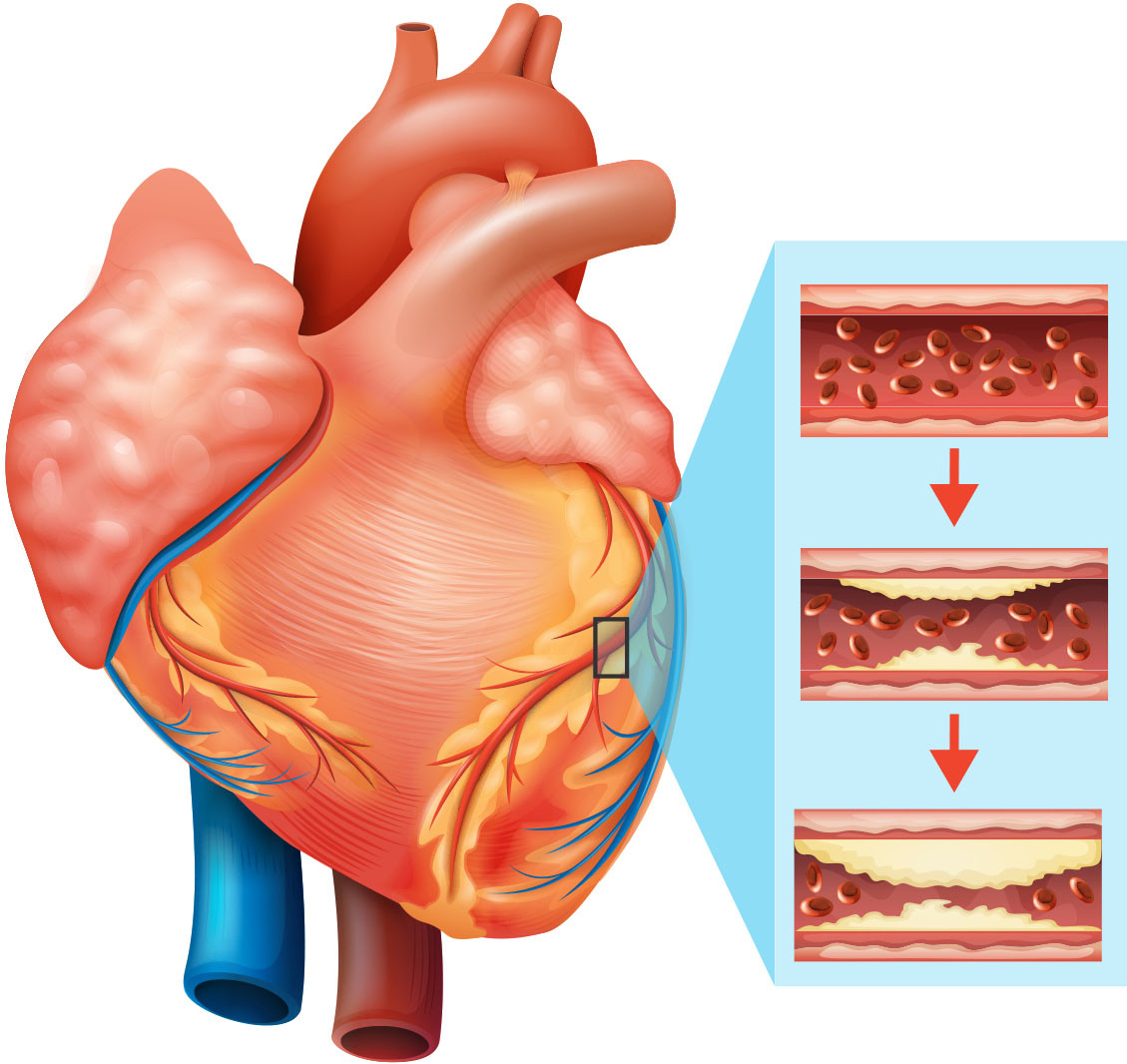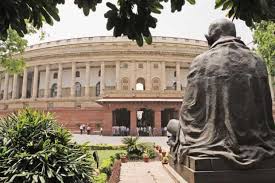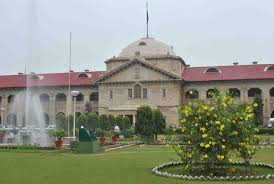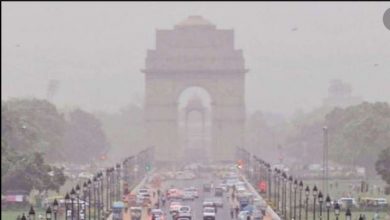Unhealthy Food and Lifestyle Main causes of Cardiovascular Heart Diseases : Ayurved
CARDIOVASCULAR DISEASES

The term ‘Lifestyle’ is rather a diffuse concept often used to denote “the way people live,” reflecting a whole range of social values; attitudes and activities. It is composed of cultural and behavioral patterns and lifelong personal habits that have developed through process of socialization.
Acharya Caraka in his textbook Caraka Samhita Rasayanchapter Ayurved-samuthaniya pada has elaborated that gramyaaahar chosen by the society was not successful in making inroads in community health. Sedentary lifestyle was responsible for less physical activity which became the cause of preventable diseases.
SARVA SHARIR DOSHA BHAVANTI GRAMYA AAHARAT II Ca. Ci. 1/2/3
A sedentary lifestyle or lack of physical activity can contribute to or be a risk factor for
1. Cardiovascular disease
2. Diabetes
3. Hypertension
4. Obesity
5. Lipid disorders
6. Deep Vein thrombosis
7. Osteoporosis8. Kidney stone
9. Anxiety 10. Depression
11. Mortality in elderly men by 30% and double risk in elderly woman.
What does gramya aahar include?
Gramya aahar consist of – Food which includes excessive quantity and repeated use of Amla (sour), lavana (salt), katu(pungent), kshar (alkaline) preparations.
Use of Shuska shaka (dried vegetables), shuska mansa (dried meat), teel-palala (sesame paste) and ruksha (dry) content which have a very low nutritional value.
Guru (heavy to digest), pishtanna (preparation from rice flour), adhyasana (over eating), avyayam (no exercise) and abhishyandiaahar (food which blocks the channels) which are the source of extra calories contribute to obesity, dyslipidemia and cardiovascular diseases.
Viruda (germinated) nava (new or fresh) leguminous cereals, asatmya (incompatible, unsuitable), visham aahar (indulging in irregular diet), and paryushit anna (staled food items) contribute to impair our immune system.
Day sleeping, Indulging in excessive exercise and sex, Alcohol intake, which increases oxidation process and release oxidants and free radicals.
Pshycological factors such as bhaya (fear), krodha (anger), lobha(greed), shoka (grief), moha (confusion) which are cause for the neuro-hormonal imbalance, for example excess adrenaline secretion and in turn over sympathetic activity.
Antioxidant theory:-
Faulty dietary habits, Exposure to carcinogen & sunlight, certain toxic drugs, Cigarette smoking, over exercise increase free radicals within the body. These free radicals are short of electron while in circulation through blood. Antioxidant like vitamin A,C,E, neutralize free radicals by donating their electron. Hence diet low in vit. A,C,E and other antioxidant are the cause of Cardio-Vascular Disease. Low levels of vitamin C, vitamin E and other antioxidants may enhance the production of oxidized LDL. Hence Vrukshamla (kokam), dadima (pomengranate), matulunga are good source of vitamin C and are so classified under Hridya gana (beneficial for heart).
Low level of nutrition leads to elevated Homocysteine level which confers an independent and incremented risk for vascular disease. Direct endothelial toxicity, failure of nitric oxide release, smooth muscle cell proliferation, LDL proliferation, platelet abnormalities, abnormal factor V, VII, vWF have been implicated.
Over cooking [vidagda aahar] destroys folic acid from leafy vegetables (a good source of folic acid). Vidagda aahar causes rakta dusti. Alcohol (Madya sevan) is antagonist to folic acid. It is the cause explained in Raktapitta (bleeding diasthesis), Pandu(anaemia), Medodustikarak (dyslipidemia) and a gramyadoshkarbhava. Alcohol beverages are rich in calories and so included under santarpanottha aahar (high calorie) by Charak.
Essential fatty acids are those that cannot be synthesized by humans they can be derived by food only. Research has shown that diet rich in EFA reduces serum cholesterol and LDL. Coconut oil, Palm oil are low source of EFA while Safflower oil, Sunflower Oil, Soyabean Oil, Sesame Oil are relatively very good source of linoleic acid, an important EFA.
Fat consumption induces very little energy expenditure as most is stored. Cholesterol is found in all foods of animal origin and is responsible for dyslipidemia. Butter, Coconut oil, Palm oil isrich source of saturated fatty acids which increase plasma cholesterol.
Trans-fatty acids render the plasma lipid profile even more atherogenic than saturated fatty acids, by not only elevating LDL cholesterol but also by decreasing HDL cholesterol. Trans-fatty acids are high in concentration in Deep fried fast food, Cake mixes, Cereal and Energy bars, Chips, Crackers and Whipped toppings, Packed Cookies and Candy, Packed doughnuts, Pies and Cakes.
Excessive Salt intake increases the incidence of hypertension.
Insulin resistance is associated with obesity and physical inactivity as potent risk factor for Coronary Artery Disease. Various causative factors explained in concept of prameha in sutrasthan 17th chapter of Caraka Samhita hold the concept of meda vridhi in madhumeha leading to hridroga. Anup varijamansa (Animal fat of animals dwelling in marshy area and water) are low source of Essential fatty acids (EFA). EFA decreases platelet adhesiveness thus due to low source of EFA platelet aggregation helps in coronary thrombosis.
Cardiovascular disease may be prevented by living healthy lifestyle and diet.
Prudent Diet:-
Varied eating pattern should be followed; Preference to fish, chicken, low fat dairy products, Salt & alcohol intake should be moderate. Consume more unrefined carbohydrates such as grains product. Antioxidants like amala, lemons, spinach, turnip leaves, watermelon, sweet potatoes, carrots, tomatoes, pumpkin, wheat grass juice, oranges, guava, should be added in diet.
Qualities of some important food item
Shali (type of rice [Oryza sativa]) – Research shows dietary supplementation with anthocyanin rich extract prevented development of fructose induced insulin resistance. It lowers oxidative stress and it improves certain metabolic abnormality associated with diets high in fructose
Mung – Its polysaccharides composition enhances enzyme activity, serum lipoprotein LDL levels of TG hydrolysis to reach curative effect of lowering blood fat. It contains globulin and polysaccharides, it can promote animal cholesterol in liver bile acid, accelerate decomposed into bile salts in the bile secreted and reduce absorption of cholesterol small intestine.
Yava (Hordeum vulgare) – It lowers LDL and total cholesterol levels. Study shows it has beneficial effect on lipid metabolism and bowel function.
Maricha (Piper nigrum) – Piper nigrum can increase absorption of selenium vit. B and beta carotene and curcumin as well as other nutrients. It has antioxidant properties.
Patola (Trichosanthes dioca) – Water extract shows it reduces fasting blood glucose, post prandial blood glucose, aspirate amino transferase, alanine amino transferase, alkaline phosphatase, creatinine, urine sugar and urine protein. It has antioxidant potential and anti-inflammatory activity.
Karvellaka (Momordica charantia) – It reduces liver secretion of Apolipoprotein B the primary lipoprotein of LDL and also reduces Apoliporotein C the primary lipoprotein of VLDL and increase expression of apolipoprotein A-1 the primary component of HDL. It also stimulates insulin secretion from pancreatic cells.
Kulatha (Dolichos biflorus) – It has antioxidant activity; hydroxyl radical scavenging, reduces lipid peroxidation. It has hypolipidemic activity and lowers blood sugar level.
Ushira (Vetiveria zizanioides) – It shows antioxidant properties. It scavenges free radicals
Banana (Musa paradisiaca) – contain dietary fiber, high amount of essential minerals, potassium, vit. A, B1, B2 & C. It has soluble fiber which binds with bile salt and may reduce blood cholesterol levels
Kusmanda (Benincasa hispida) – It has antioxidant property, scavenging free radicals
Dadima (Punica granatum) – It is antioxidant, protect body from free radicals. It reduces LDL and increase HDL
Shampaka Shaka (Aragvad patra) – It reduces blood sugar level and has antioxidant activity and also reduces total lipids
Mulak (Rapharus sativus) – improve blood circulation. It lowers plasma levels of total cholesterol, TG, phospholipids. It also shows hypoglycemic activity.
Eranda taila (Ricinus communis) – Ricinoleic acid exerts anti-inflammatory effects
Draksha (Vitis vinifera) – study shows it relieves symptoms of chronic venous insufficiency, arteriosclerosis and high blood pressure, alleviate inflammatory conditions and is cardio-protective. They reduce fragility of blood vessel.
Daily exercise as per half the strength especially brisk walking or jogging, sound sleep in night minimum of 6 to 7 hours, maintaining stress free life, controlling the anger, fear, greed, etchelps to prevent Cardio Vascular Disease.
Regular timely and healthy diet and regular exercise can surely prevent the Cardio Vascular Diseases.
Please listen this video





